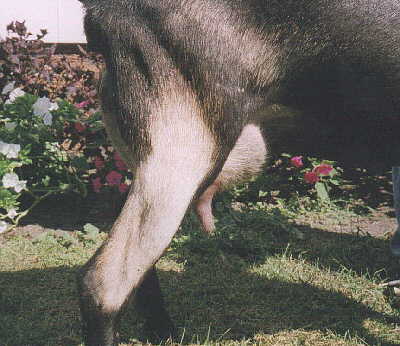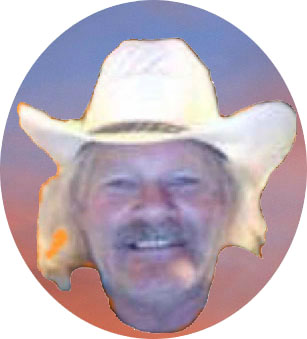The Alpine breed is primarily used for milk production and is second to the Saanen and Toggenburg breeds. Alpines can either be horned or hornless and can grow to weights of up to 250 pounds.
There are four basic varieties of Alpines; French, British, Rock and a French Switzerland breed. There are also a variety of cross breeds such as Toggenburg/Alpine, Saanen/Alpine as well as many other combinations breeders have experimeted with.
The Alpine is also referred to as the French Alpine and registration papers for this breed use both designations and are synonymous.
The Alpine is noted for its coloration; fading shades of white into black with white facial stripes on black. The true characteristic of the breed is medium to shorthair.
Departures from the coloration; Oberhasli, a western Swiss breed, usually solid red or black, horned or hornless, erect ears, not as tall as Saanen, very well adapted for high altitude mountain grazing and long hours of marching; popular in Switzerland, but milk production is variable. They are also called Swiss Alpine, Chamoisie or Brienz.

|

|

|
|
Click any image above to enlarge it.
|
Alpine colors are described using the following terms:
Cou Blanc - literally "white neck" - white front quarters and black hindquarters with black or gray markings on the head.
Cou Clair - literally "clear neck" - front quarters are tan, saffron, off-white, or shading to gray with black hindquarters.
Cou Noir - literally "black neck" - black front quarters and white hindquarters.
Sundgau - black with white markings such as underbody, facial stripes, etc.
Chamoisee - brown or bay - characteristics are black face, dorsal stripe, feet & legs and sometimes a martingale running over the withers and down to the chest. Spelling for the male is chamoise.
Two-Tone Chamoisee - light front quarters with brown or gray hindquarters. This is not a cou blanc or cou clair as these terms are reserved for animals with black hindquarters.
Pied - spotted or mottled.
Broken Chamoisee - a solid chamoisee broken with another color by being banded, splashed, etc. Any variation in the above patterns broken with white should be described as a broken pattern such as a broken cou blanc.
About the author:

|
About the author: Gary Pfalzbot is a Service Connected Disabled Veteran and the web master of GoatWorld as well as some other web sites. He has raised goats over the years, been involved with 4-H (as a young boy) and currently resides in Colorado where he and his wife Pam raise a few breeds of goats and other animals, and primarily author the GoatWorld web site to continue to inform, educate, and promote the industry.
|
|










